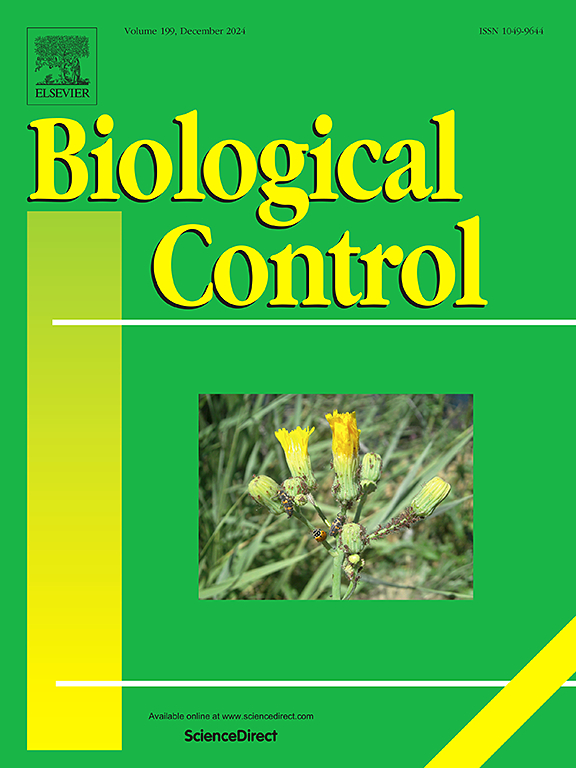Tropical plant assemblages can be taxonomically and phylogenetically impoverished by chronic anthropogenic disturbance (CAD), such as firewood collection and extensive grazing. However, to what extent the functional dimension responds to CAD is still unclear. Such knowledge is urgently required for predicting, preventing or even reversing the impacts of CAD. Chronic anthropogenic disturbance may operate as an ecological filter by selecting functional trait values (e.g. low wood density), thereby altering the functional composition and diversity of plant assemblages. We tested this hypothesis using 29 woody plant assemblages across three ontogenetic stages (seedlings, saplings and adults) in a 220‐km2 landscape of the Caatinga, northeast Brazil. We adopted a CAD index consisting of four indicators (proximity to urban centre and houses and the density of both people and livestock) and tested how well it explained the functional diversity and effect sizes (richness, evenness and dispersion) and composition (community‐weighted mean). Chronic anthropogenic disturbance affected several functional metrics across the three ontogenetic stages. However, CAD effects were stronger in adult communities by negatively affecting functional richness, dispersion and their effect sizes. CAD also altered the functional composition of leaf mass per area, woody density and leaf area of adult assemblages. Sapling communities were affected in terms of functional composition (leaf area, leaf dry matter and wood density), with positive and negative effects, while seedling assemblages responded positively to CAD only in terms of functional evenness and its effect size. Some changes in functional metrics were influenced by dominant Euphorbiaceae species across ontogenetic stages, especially in terms of leaf area and woody density. Synthesis. Chronic anthropogenic disturbance is an important driver of plant‐community functional organization across ontogenetic stages in the Caatinga. Adult assemblages are particularly sensitive and tend to lose functional niche space and support more acquisitive rather than conservative strategies as chronic anthropogenic disturbance increases. The proliferation of Euphorbiaceae disturbance‐adapted species can explain part of the community responses to chronic anthropogenic disturbance. Our findings highlight the ecological effects of chronic anthropogenic disturbance and show that it is a key influence on tropical biotas. Changes in plant functional traits associated with plant resource use are likely to affect ecosystem functioning and services provided by Caatinga.
DOI:
https://doi.org/10.1111/1365-2745.13177
Altmetric score:
Dimensions Citation Count:























